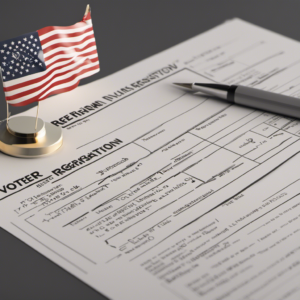Mastering Clarity in Writing
3 min read
Kurt’s Guide to Writing with Precision

Writing with a clear and concise tone is an essential skill that can greatly enhance the impact of your communication. Whether you’re crafting an academic essay, a professional report, or a creative piece, clarity ensures that your message is understood precisely. Here’s a comprehensive guide to help you write with a clearer tone.
Some of these that I have to tell you about are painfully obvious, but some are not. I suggest looking at each as if it’s the first time because the ones that are regurgitated over and over in almost every article on writing that you read, are because they are really that important.
Know your audience
Understanding who you’re writing for is the first step toward achieving clarity. Consider their level of expertise, their background knowledge, and their expectations. Tailor your language and tone to resonate with your specific audience.
Define your purpose
Before you start writing, clarify the purpose of your piece. Are you informing, persuading, entertaining, or explaining? Having a clear objective in mind will guide your writing and prevent unnecessary digressions.
Simplify your sentences
Avoid complex sentence structures that can confuse readers. Opt for clear, concise sentences that convey your message directly. Aim for an active voice, where the subject of the sentence performs the action.
Choose precise words
Select words that convey your intended meaning accurately. Avoid vague or ambiguous language. For instance, instead of saying “very good,” use “excellent” or “outstanding” for a more specific description.
Eliminate redundancies
Trim away unnecessary words or phrases. Redundancies can clutter your writing and dilute the impact of your message. For example, instead of saying “free gift,” simply use “gift.”
Organize Your Ideas
Establish a clear structure for your writing. Use paragraphs to separate distinct ideas or arguments. Ensure that each paragraph has a clear topic sentence, followed by supporting details or evidence.
Provide context and background
Avoid assuming that your readers possess the same level of knowledge as you. Offer sufficient context and background information to ensure they can follow your line of reasoning.
Use Transitions
Transition words and phrases (e.g., “however,” “moreover,” “therefore”) guide readers through your writing. They signal shifts in ideas, helping to maintain coherence and clarity.
Proofread and Revise
After completing your first draft, take the time to proofread and revise. Look for any sentences or phrases that may be unclear or convoluted. Make adjustments to enhance overall clarity.
Seek feedback
Don’t hesitate to share your writing with others for feedback. Fresh perspectives can highlight areas where clarity may be lacking. Consider their suggestions and revise accordingly.
Read aloud
Reading your work aloud can reveal any awkward phrasings or unclear passages. Hearing the words can provide a different perspective on the clarity of your writing.
Practice, Practice, Practice
Like any skill, writing with clarity improves with practice. Consistently applying these principles will become second nature, leading to consistently clear and effective communication.
Summing it all up
Writing with a clear and precise tone is a valuable skill that enhances the impact of your communication. By knowing your audience, defining your purpose, simplifying your sentences, and employing these other techniques, you can master the art of clarity in your writing. Remember, practice makes perfect, so keep honing this skill to become a more effective communicator.




